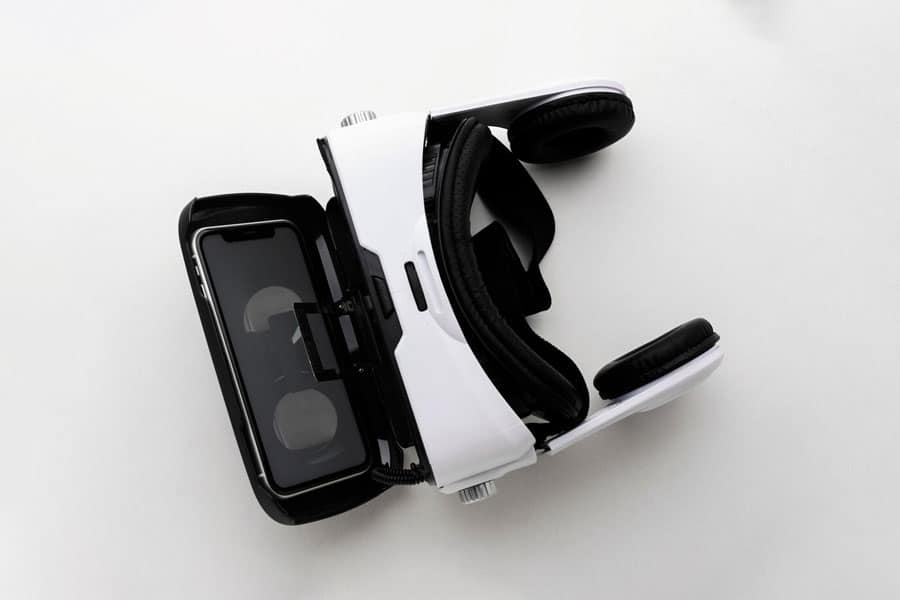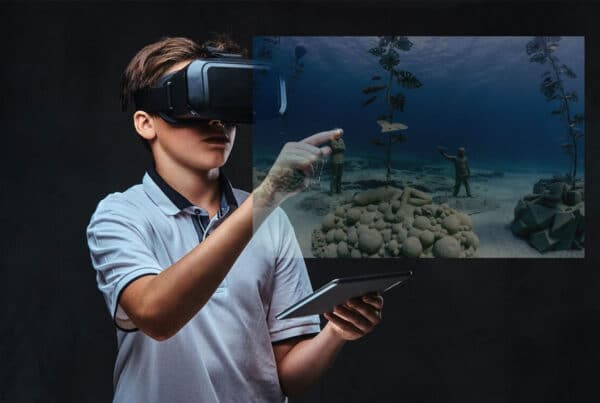
Introduction
The advent of 360 video tours has revolutionized how businesses, museums, real estate agents, and educational institutions showcase their offerings. These immersive experiences allow users to explore environments interactively, providing a unique perspective that traditional media cannot match. As the popularity of 360 video tours grows, many creators and organizations are asking whether these tours are compatible with virtual reality (VR) headsets. This article explores the compatibility of 360 video tours with VR headsets, the benefits of using VR for these tours, and best practices for implementation.
Understanding 360 Video Tours
What Are 360 Video Tours?
360 video tours are interactive multimedia presentations that capture panoramic views of spaces using specialized cameras. Unlike traditional videos that offer a linear viewing experience, 360 video tours allow viewers to navigate through environments at their own pace. Users can control their perspective by clicking and dragging or using navigation arrows, creating a sense of presence and immersion.
Types of 360 Video Tours
- Static 360 Panoramas: These are created by stitching together still images to form a panoramic view. Users can look around the environment but cannot move through it.
- Dynamic 360 Videos: These involve capturing real-time footage in a 360-degree format, allowing users to experience motion within the tour. This type can include people walking through the space or other dynamic elements.
Compatibility with Virtual Reality Headsets
How 360 Video Tours Work with VR Headsets
Many 360 video tours are designed to be compatible with various VR headsets, enhancing the immersive experience for users. Here’s how they work:
- Stereoscopic Viewing: Some advanced 360 video tours support stereoscopic playback, which provides depth perception by displaying slightly different images to each eye. This creates a more realistic experience when viewed through VR headsets.
- Compatibility with Platforms: Platforms like YouTube and Vimeo allow users to upload 360 video content that can be viewed in VR using headsets like Google Cardboard, Oculus Rift, or HTC Vive. When users access these tours via compatible platforms, they can experience the content in a fully immersive environment.
Benefits of Using VR Headsets for 360 Video Tours
- Enhanced Immersion: VR headsets provide an unparalleled level of immersion compared to traditional viewing methods. Users feel as if they are physically present in the environment, enhancing their overall experience.
- Improved Engagement: The interactive nature of VR encourages users to explore at their own pace, leading to longer engagement times and increased interest in the content.
- Realistic Experience: Users can look around in all directions and interact with elements within the tour, making it feel more like a real-life visit than simply watching a video.
- Educational Opportunities: For educational institutions and museums, VR compatibility allows students and visitors to engage deeply with exhibits or historical sites, promoting active learning.
Best Practices for Creating VR-Compatible 360 Video Tours
To maximize the effectiveness of 360 video tours in virtual reality environments, creators should consider several best practices:
High-Quality Production
Investing in high-quality production is essential for creating engaging virtual tours that translate well into VR.
- Resolution Matters: Use high-resolution cameras capable of capturing detailed footage. Aim for at least 4K resolution to ensure clarity when viewed through VR headsets.
- Stabilization Techniques: Employ stabilization equipment during filming to avoid shaky footage that detracts from user experience.
User-Friendly Navigation
Ensure that your 360 video tour is easy to navigate:
- Intuitive Controls: Use clear controls that allow users to move through the tour seamlessly. Consider including navigation arrows or hotspots that guide users through different sections.
- Mobile Optimization: Ensure that your virtual tour is accessible on various devices—including smartphones and tablets—to reach a broader audience.
Integrate Interactive Elements
Adding interactive features enhances user engagement:
- Hotspots with Information: Incorporate clickable hotspots that provide additional information about specific exhibits or artifacts when selected.
- Quizzes and Polls: Engage users by including quizzes or polls related to the content of the tour. This interactive element encourages participation and reinforces learning.
Promote Your Tour Effectively
Once your 360 video tour is complete, promote it effectively:
- Social Media Campaigns: Share snippets of your virtual tour on social media platforms with engaging captions that encourage followers to explore further.
- Email Newsletters: Include links to your virtual tour in email newsletters sent to subscribers, enticing them with exclusive content or sneak peeks at upcoming exhibitions.
Challenges and Considerations
While there are many benefits to using VR headsets for 360 video tours, there are also challenges and considerations:
Technical Limitations
- Device Compatibility: Not all VR headsets support every type of 360 video format. Creators must ensure their content is compatible with popular devices like Oculus Quest, HTC Vive, or PlayStation VR.
- Bandwidth Requirements: High-resolution 360 videos require substantial bandwidth for smooth playback in VR environments. Creators must consider hosting solutions that can handle high traffic without compromising performance.
User Experience Concerns
- Motion Sickness: Some users may experience motion sickness while using VR headsets due to rapid movements or poor frame rates in the video content. Ensuring smooth transitions and stable footage can help mitigate this issue.
- Learning Curve: Users unfamiliar with VR technology may face a learning curve when navigating virtual environments. Providing clear instructions on how to use the headset and interact with the tour can enhance user experience.
Conclusion
In conclusion, 360 video tours are highly compatible with virtual reality headsets, offering an immersive experience that significantly enhances user engagement and satisfaction. By providing realistic experiences that allow users to explore environments interactively, museums, real estate agencies, educational institutions, and other businesses can leverage this technology effectively. To maximize the impact of 360 video tours in virtual reality environments, creators should focus on high-quality production values, user-friendly navigation features, interactive elements, and effective promotional strategies while being mindful of technical limitations and user experience concerns. As technology continues evolving and more organizations embrace immersive experiences like 360 video tours as part of their marketing strategies or educational efforts, understanding best practices for implementation will be essential for maximizing impact and creating lasting impressions on audiences worldwide.




